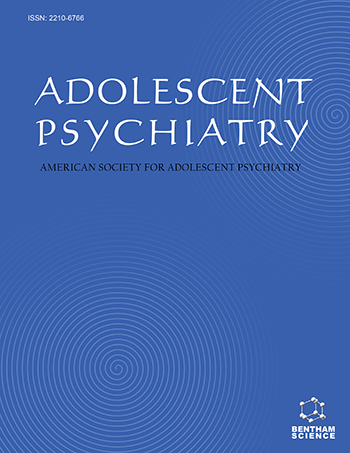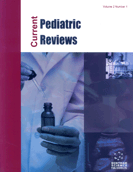Abstract
Background: Psychoanalytic psychotherapy with adolescents with severe disturbances present many challenges for the therapist. Different difficulties might appear: 1) at the time of the first encounter, when it is difficult to create a therapeutic alliance with the patient; 2) during the therapy, when there are frequent risks of ruptures linked to the adolescent’s acting out as well as the parents’ behavior, attacking the therapeutic setting and links. As a result, aggressive counter-transference feelings develop in the therapist, which lead to therapeutic nihilism and threaten the continuation of the therapy.
Method: We present the experience of a supervision group of psychoanalytically oriented therapists working in long term psychotherapy with severely disturbed adolescents. The aim of the group is to support the practitioners in their work with adolescent patients with severe psychopathology. Each participant contributes associations on the case being presented to the group, and these associations are integrated together by a senior analyst. The group process supports the progress of the patient sustains the investment of the therapist in the treatment.
Conclusions: The working through in the group supports intersubjectivity, reducing tendencies for disengagement. It highlights particular archaic mechanisms of psychic functioning and prevents pathological repetition in the field of the therapeutic setting.
Keywords: Adolescents, psychoanalytic psychotherapy, supervision, group supervision, long-term therapy.



























